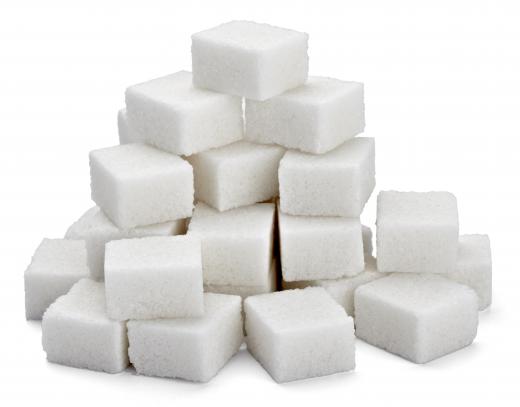What is Triboluminescence?
 Michael Anissimov
Michael Anissimov
Triboluminescence is light created through breaking of asymmetrical bonds in crystals. It is also sometimes called mechanoluminescence and fractoluminescence. You can observe triboluminescence by biting down on Wint-O-Green Life Savers® in the dark, with your mouth open, looking into a mirror. Smacking sugar cubes together, or unraveling cloth tape in the dark achieve the same effect.
Scientists do not completely understand triboluminesence, but the current best theory is that when asymmetrical crystal bonds are broken, electric charges are separated, and tiny sparks are emitted when the charges recombine. We see this as a glow, usually blueish, blueish-greenish, or white.

Francis Bacon, the originator of the scientific method, wrote about triboluminescence as far back as 1620. He mentioned it was already well known that hard sugar candies will produce light in the dark if struck or broken. In the 1790s, when sugar production began to create more refined and pure sugar crystals, a process called "nipping," or breaking down a solid cone of sugar into usable chunks, produced luminosity when conducted in low-light conditions. This was the discovery of triboluminescence in modern times.
Although the first clear written reference to triboluminescence was in 1620, it's likely that humanity has known about the phenomenon for millennia. The Uncompahgre Ute Indians from the central part of Colorado exploited triboluminescence by hitting together quartz crystals in ritual ceremonies. These quartz crystals were considered sources of great magical power.
Triboluminescence has also been observed in diamonds, when they are cut or even just rubbed. The bonds in diamonds are the strongest bonds in chemistry, but due to the nature of friction, small quantities of these bonds can be broken by softer materials. This is because on a molecular level, surfaces are very jagged, so relatively large amounts of energy are concentrated in a small area, enough to break bonds and produce the luminescent effect.
AS FEATURED ON:
AS FEATURED ON:











Discuss this Article
Post your comments